Read this guide to understand the health benefits of Spirulina and why this super food is so important to your diet
Spirulina is a blue-green algae, which meets the definition of superfood, because it contains antioxidants, fibers and nutrients, providing power for the body and promoting the best health. Fernando Gomez-Pinilla, a professor at the University of California, Los Angeles, studied the effects of food on the brain. He said the health benefits of Spirulina and Chlorella are partly attributed to the antioxidants contained in these substances. Antioxidants are particularly useful because they prevent free radicals from destroying cells in the body. They also enhance the immune system, making your body more resistant to infection. The main antioxidants in Spirulina include:
Chlorophyll, found in most green herbs and vegetables, such as sesame and parsley
Gamma-linolenic acid, a fatty acid found in flax and cannabis seeds and soybeans
Carotenoids, which are responsible for the large amount of nutrients in carrots
Researchers at the University of Maryland Medical Center say Spirulina can also help the immune system produce more proteins for fighting infections and preventing diseases. About 62% of Spirulina platensis is made up of amino acids, which are part of protein. High levels of protein are responsible for the health benefits of several Spirulina species.
Expected health benefits
Spirulina is associated with several potential health benefits in animal research and in vitro research.
In both types of studies, algae seem to block histamine release, a substance that causes allergic symptoms.
In vitro studies, Spirulina seems to protect Lactobacillus acidophilus (a beneficial bacterium found in the digestive tract) from antibiotics.
A human study led by researchers in Kerala, India, suggests that Spirulina may contribute to precancerous lesions in people who chew tobacco. This study shows that people who take Spirulina are more likely to lose their lesions, so when it comes to the health benefits of Spirulina, researchers pay special attention to cancer.
For more nutritious superfoods, check out our top 50 superfoods in 2015
Nutrition Survey
The health benefits of Spirulina cyanogreen algae come from the important nutrients found in this super food. It contains manganese, copper, zinc, selenium, iron, vitamin E and B vitamins. Manganese acts as an antioxidant, supporting the body's metabolism, contributing to bone development and wound healing. Copper helps metabolize iron, generates energy, forms connective tissue, and produces substances such as melanin, myelin and neurotransmitters. The body uses zinc to stabilize the structure of cell membranes and proteins. You need selenium to produce selenoproteins, which help the enzymes work properly. Selenium is hard to come by, so foods like Spirulina and Brazilian nuts should always be in your kitchen. Iron carries oxygen through your body, so Spirulina can also be used to fight anemia. Vitamin E (common in mulberries and many other foods) is used as an antioxidant to protect cells from free radicals. B complex vitamins work together to ensure that your body can use the energy of the food you eat. All these nutrients contribute to the powerful health benefits of Spirulina.
Selection and storage
Most Spirulina sold in the United States are produced in laboratories. Spirulina has powder, tablet, capsule and slice form, so choose the most suitable Spirulina for your daily life. If you want to add Spirulina to ice sand and other mixed drinks, flakes or powders will be the best choice. If you want to take Spirulina instead of adding it to your food, capsules or tablets are the ideal choice.
Water and high temperature may affect the quality of Spirulina, so be sure to keep it properly. Avoid storing Spirulina near any heat source, away from sunlight and strong artificial light sources. When storing Spirulina, make sure the packing is tightly sealed. If possible, use Spirulina within three months of opening Spirulina to avoid spoilage. Taking these precautions will help you enjoy the health benefits of Spirulina without worrying about the quality of supplements.
eparing Spirulina
Making green juice from Spirulina gives you a chance to enjoy your favorite fruits and vegetables.
The basic formula for spirulina green juice consists of two apples, an English cucumber, a small lime or lemon, and a teaspoon of Spirulina powder. Juice apples, cucumbers and citrus fruits, then add the powder to the mixer or juicer.
Mix 3 tablespoons honey, 1/4 teaspoon cinnamon and 1/8 teaspoon Spirulina powder. Sprinkle honey on high-fiber fruits such as pineapples or add it to tea.
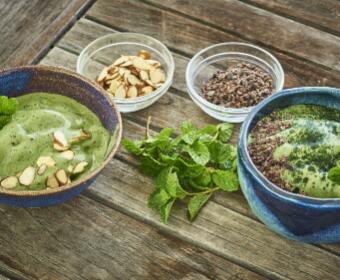 Can skin allergies eat spirulina?
Can skin allergies eat spirulina?Spirulina is rich in protein, and it is richer in protein than eggs and soy. It is also rich in carotene and vitamin C. Spirulina can make the baby grow up healthily, effectively absorb the nutrients in the food and a large amount of calcium substances, and can prevent habitual anemia, which is very suitable for children, especially for children with partial eclipse. ...
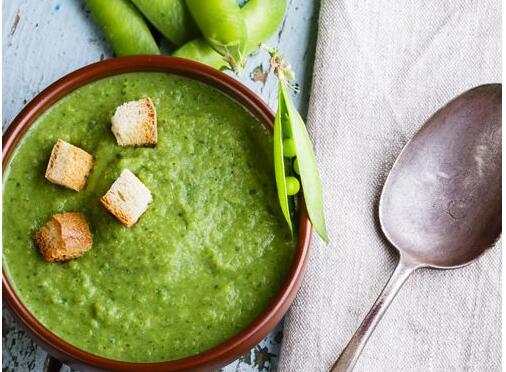 What do you have for a cold? Spirulina has a good immune effect.
What do you have for a cold? Spirulina has a good immune effect.In life, we often have symptoms of cold and fever, followed by a series of uncomfortable symptoms. So how to prevent colds? If you have a cold, what would be better? Spirulina is a good choice, it contains a variety of nutrients, can regulate the body's acid-base balance, is very effective for colds, improve immunity. What to eat with a cold, spirulina improves immunity ...
 Is spirulina safe for kids?
Is spirulina safe for kids?In a word, yes! Spirulina, like many other plant-based super foods, is absolutely safe for kids to eat. As food, spirulina represents a complete vegetarian protein source. When it is sourced safely and administered correc...
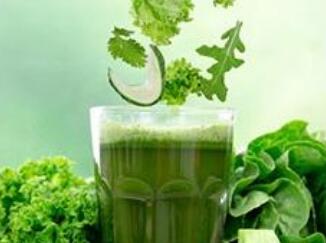 Spirulina Modern human stomach specialist
Spirulina Modern human stomach specialistStomach disease is one of the "black-faced killers" of modern people. Modern people have great pressures in life. They often eat supper after working all night. They forget to eat during the day to make up for sleep. The three meals are irregular, the diet structure is unreasonable, and the holidays indulge in diet, it is easy to cause malnutrition or overnutrition. Scientific diet causes stomach ...
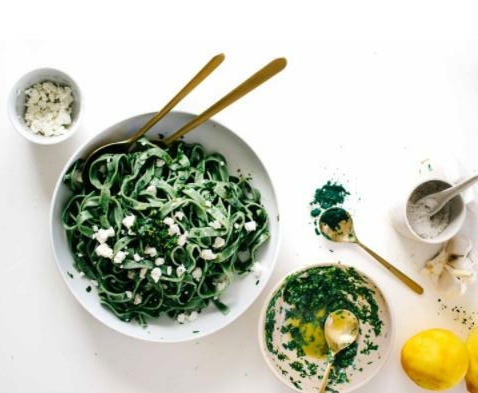 how does spirulina work?
how does spirulina work?Proteins are an essential part of life, so they can provide important insights into how Spirulina can help improve overall health and health. Spirulina is a blue-green microalgae, which mainly exists in freshwater lakes, ponds and rivers. It is also one of the most abundant protein sources in the world. In fact, Spirulina provides more protein grams per gram than beef, chicken, fish or even soybea...
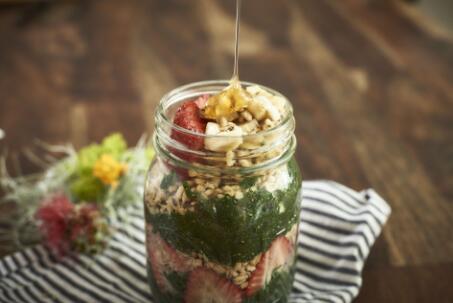 The beauty effect of spirulina
The beauty effect of spirulina1. Maintain skin elasticity: Spirulina contains a large amount of chlorophyll, β-carotene, γ-linolenic acid and multivitamins, which can inhibit bacterial growth, promote skin cell metabolism, enhance cell viability, regulate fat metabolism, and promote fat metabolism. Toxic substances caused by obstacles are excreted through the skin, and have the effects of eliminating toxins from the body and c...
Sign up to receive exclusive promotions and health recipes via email.

